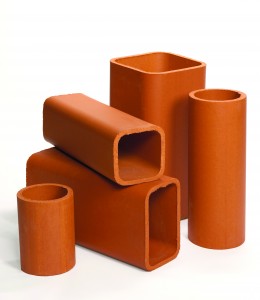I’m beginning work on my railroad, and the first task is to put a portal into the basement. A deck is going over this area, and I don’t want to be in there with a jackhammer once the deck is there.
This won’t be visible, so I’m planning to just use a large diameter PVC or ABS pipe. It’s a stone foundation, so I’ll remove some stones, place the pipe, and grout around it.
My question: How big should it be? What is the maximum rolling stock height that I might encounter?
It will be a straight run, so I don’t have to worry about length of cars.
Thanks.

